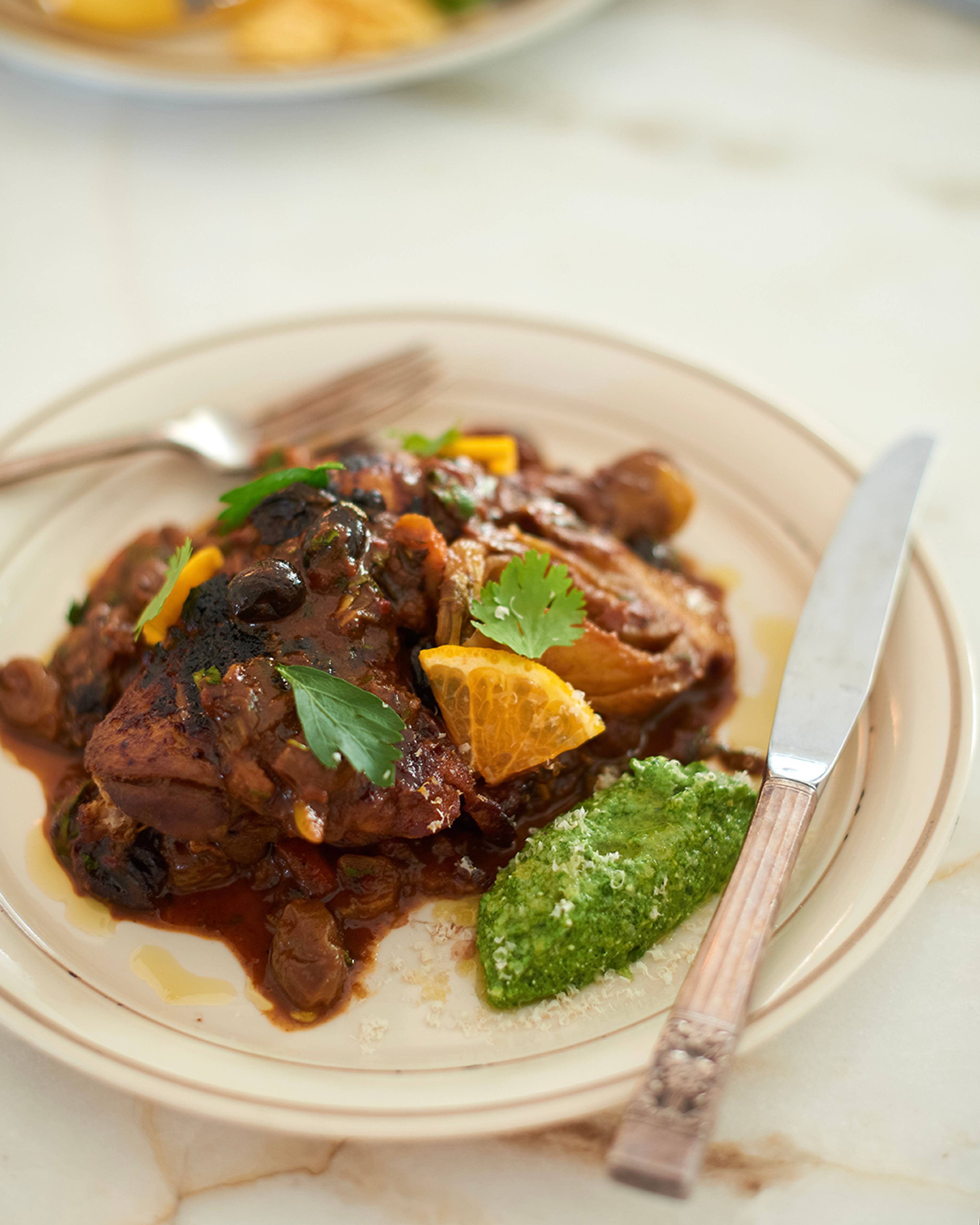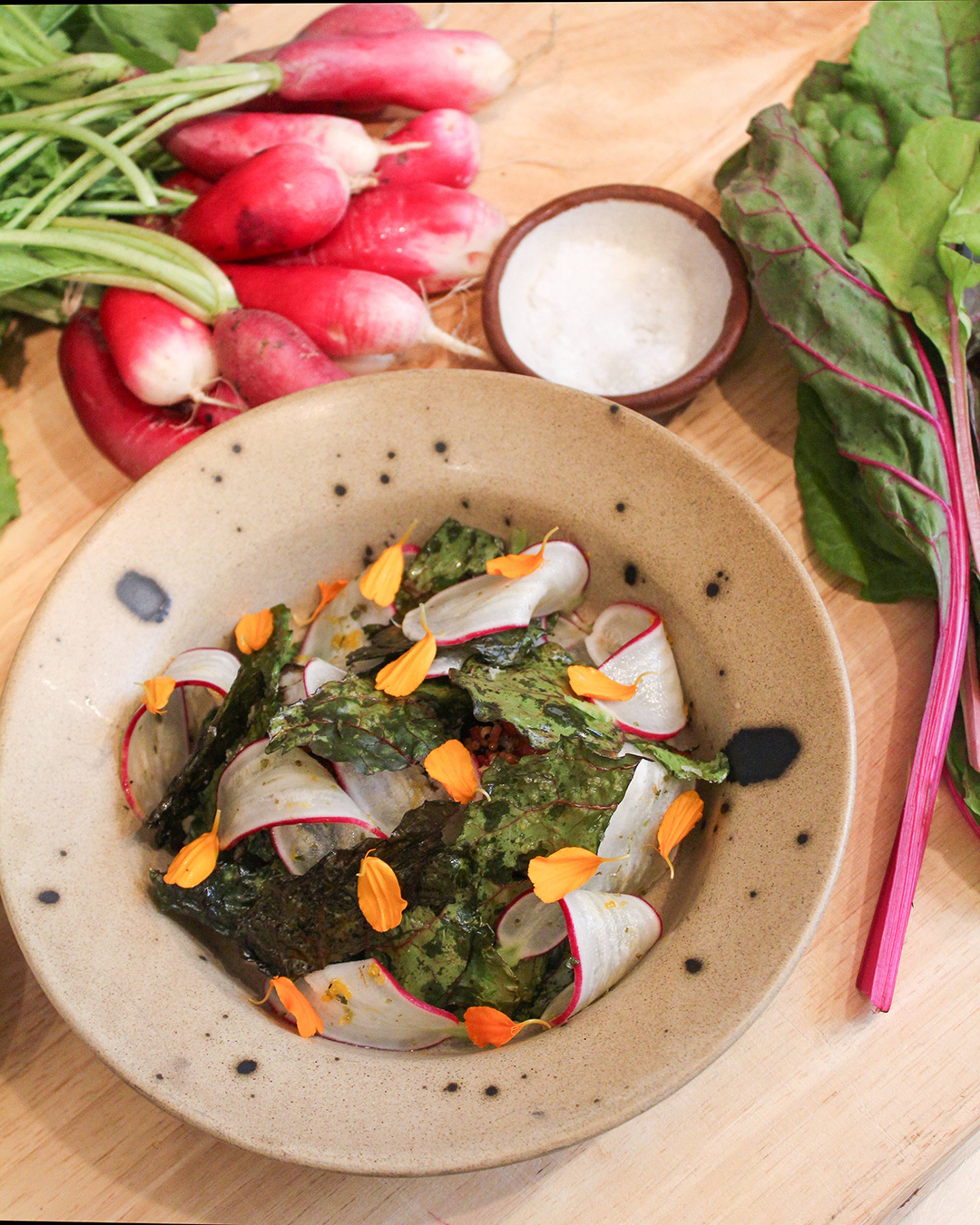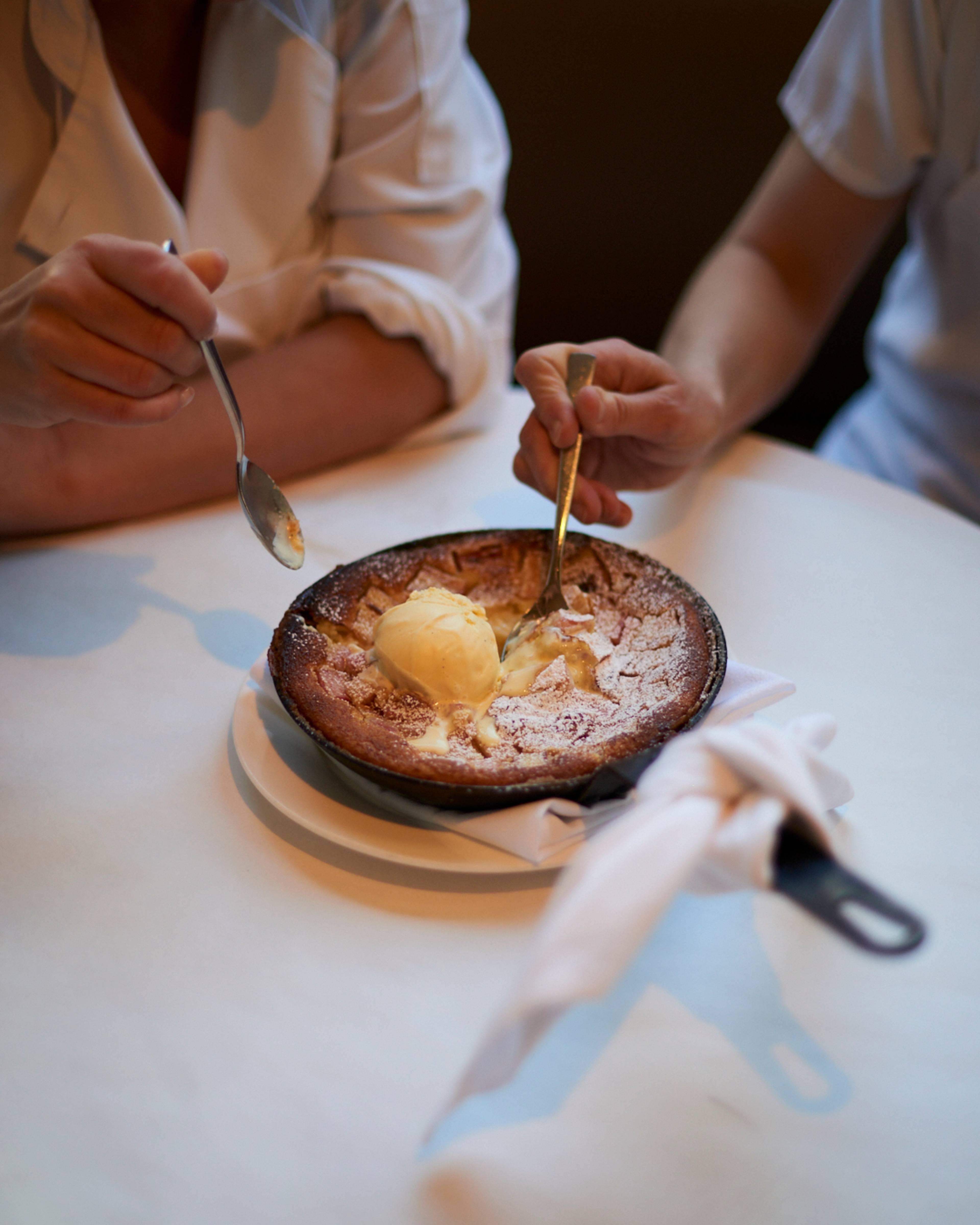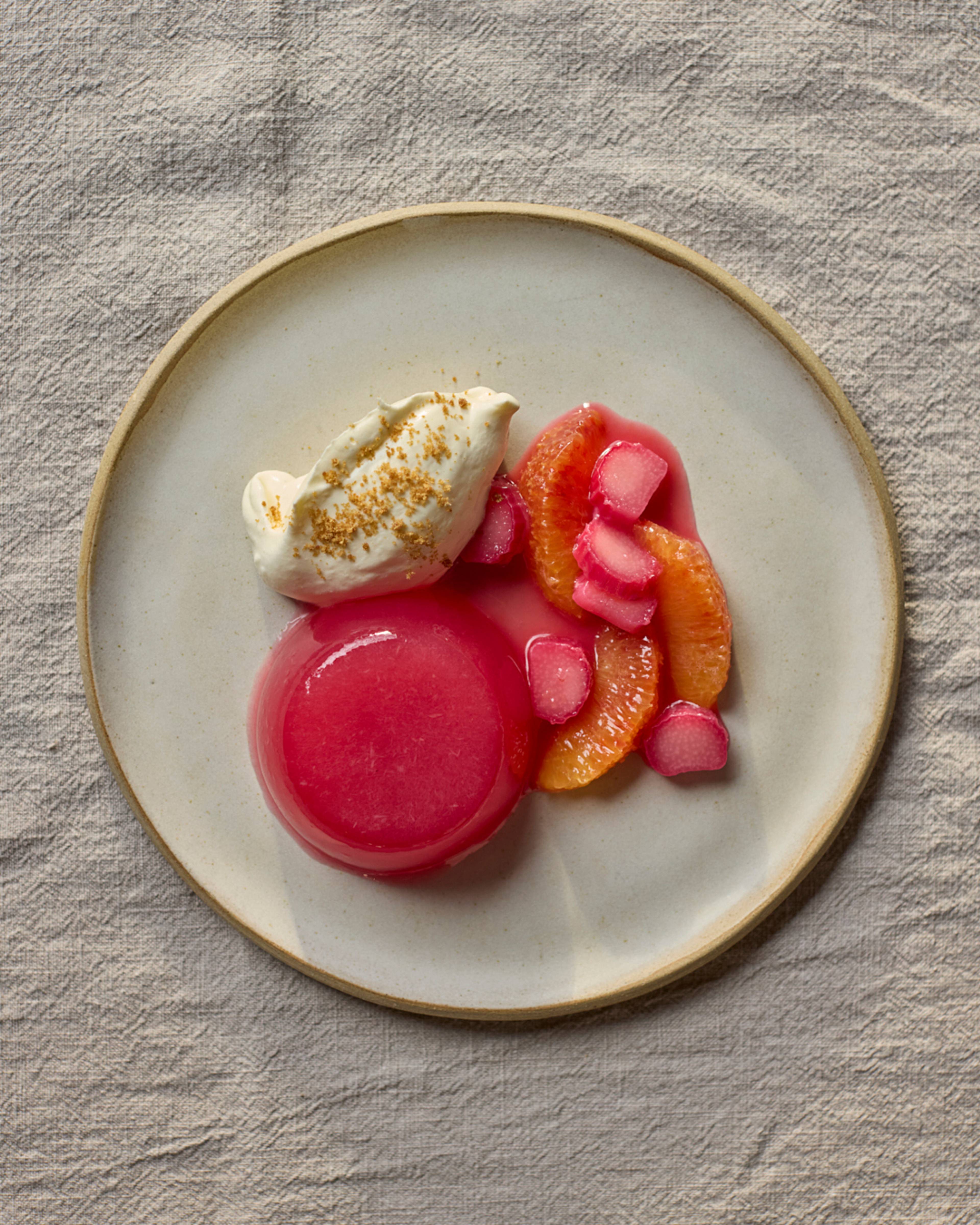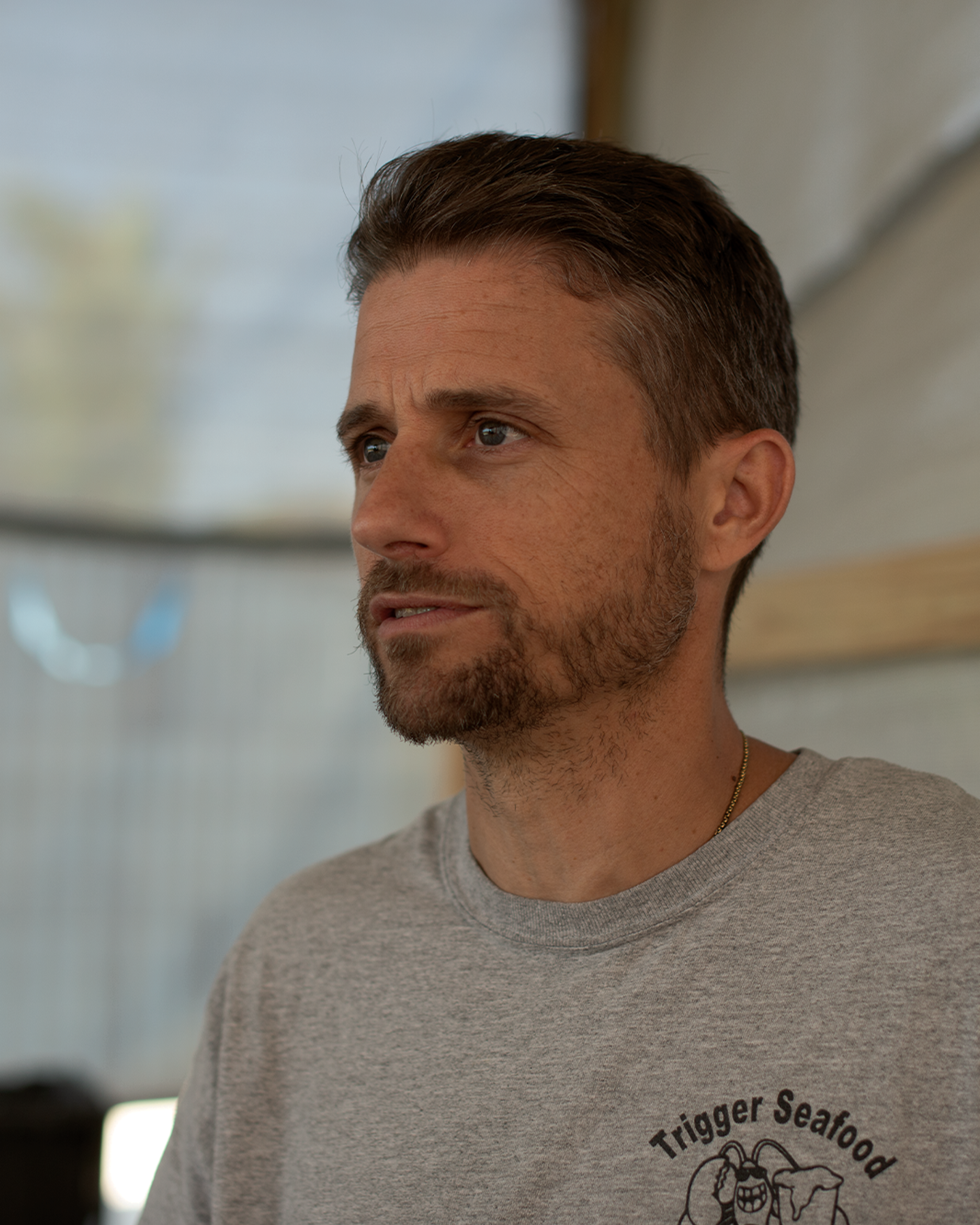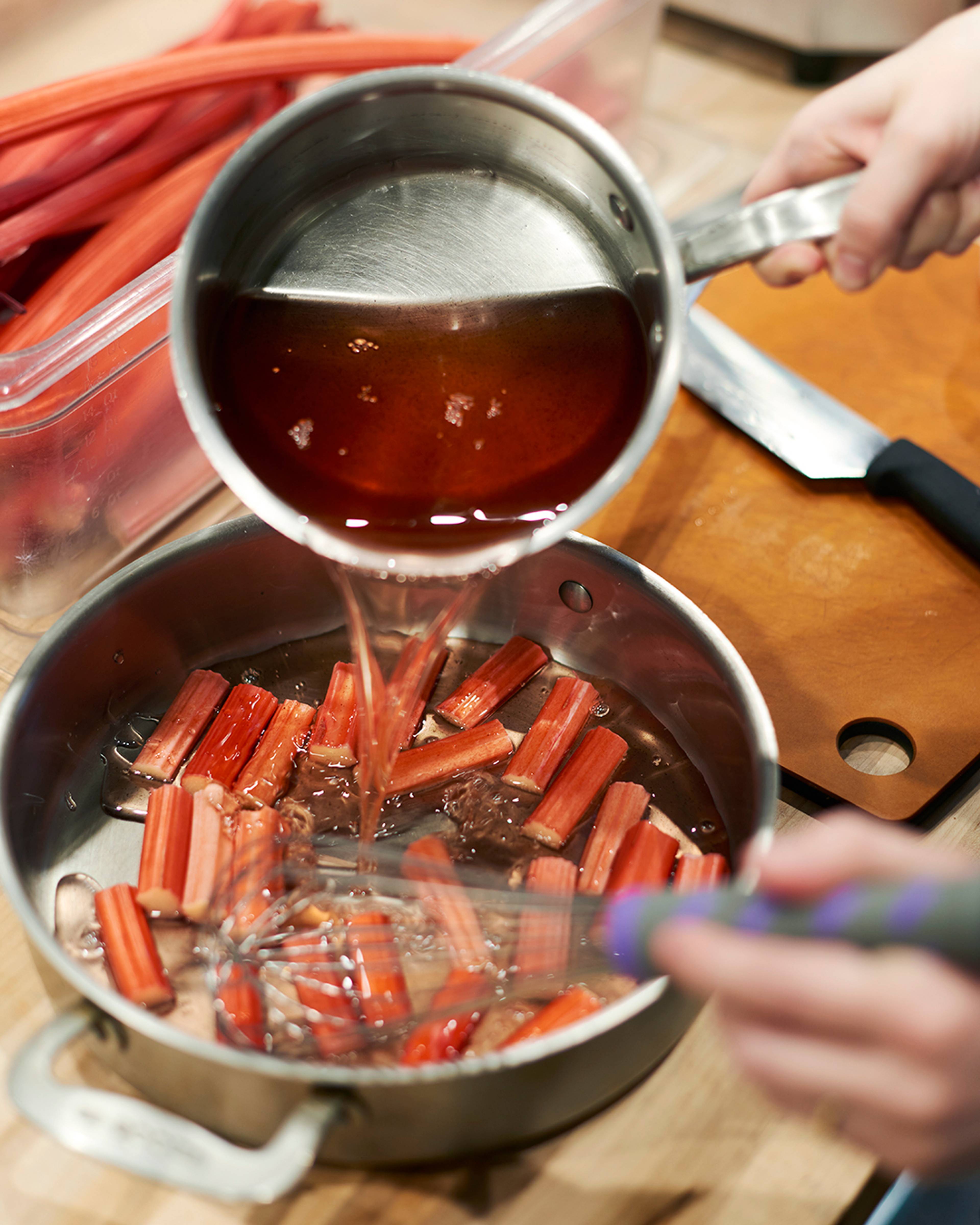IS LOCAL BETTER?
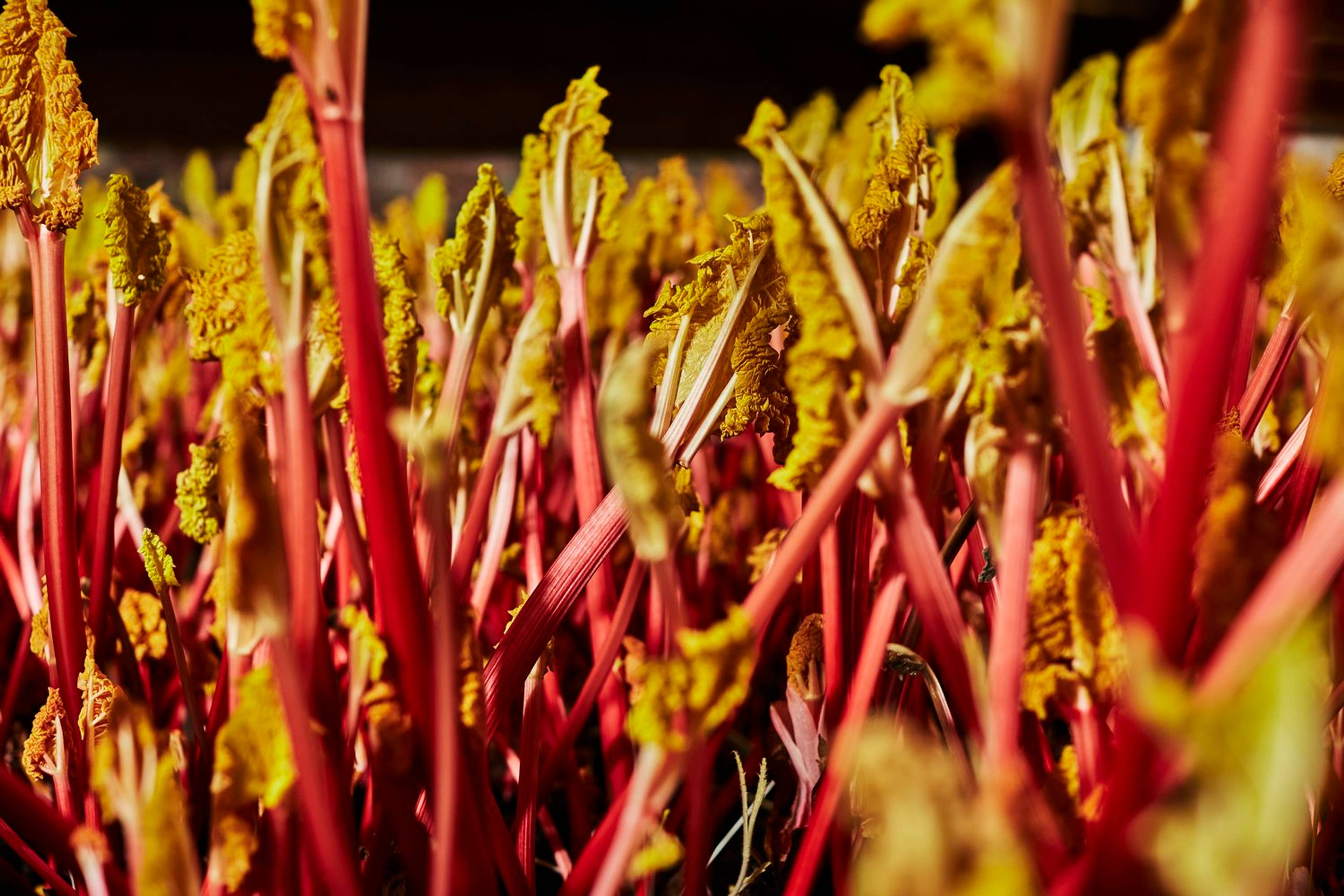
To some, the idea of a sustainable food system that crosses borders seems like an oxymoron. We’re told to ‘buy local to save the planet’. Now, we unpack why, for us, local does not always mean better.
For two decades, we have sought out phenomenal flavor in food, leading us to small-scale growers producing some of the most complex and unique fruits and vegetables in the world.
In finding them, we also uncovered cultivation methods that raise up radical seasonality, cultural preservation and ecosystem biodiversity. Eschewing commercial demand for yield conformity and shelflife, they show us that a resilient food system unites flavor with human and planetary health. This is a system worth fighting for.
Our pursuit has taken us all over the globe. From Antonello who sand-forces Pink Radicchio in Veneto, Italy, to Robert who forces Rhubarb in the Yorkshire Triangle, we have formed a global community of individuals committed to putting flavor, and agroecological cultivation, on the map.
Where ‘Food Miles’ Came From
Your local farm could be better — or more sustainable — than one further afield. We are firm believers in knowing the humans behind your food and urge you to support the growers who you come in direct contact with. Ask them questions, understand their challenges. There is immense value in supporting your immediate community. However, the conversation around localism tends to center itself on transport emissions, or ‘food miles’.
The term ‘food miles’ was coined for a 1991 TV documentary by London’s City University Professor of Food Policy Tim Lang to refer to the distance food items travel from producers to consumers. It carries the implication that food that has traveled longer distances will have higher emissions and a more negative impact on the environment than food produced closer to home.
This message — a driving force behind the localism movement — has been given too much weight, and become muddied. Poore and Nemecek’s 2018 global meta-analysis comparing various types of food production systems tells us that the distance our food travels to get to us accounts for less than 10% of most food products’ emissions [1]. Of this, air transport makes up only 0.16% [2].
Tim Lang himself acknowledges this, stating that “the vast majority of this burden occurs within Britain. In fact, long-distance fair-traded food products currently are not such a huge environmental burden.” [3]
Unpacking On-Farm Emissions (the 80%+)
If we see emissions as the yardstick for sustainability, then instead of focusing on ‘food miles’ we should turn our attention to the part of a food product’s life cycle that produces the lion's share of CO2: production. On farm-processes make up over 80% of all food-related greenhouse gas emissions [4] [5]. If our aim is to transform the food system, then food miles are not a priority.
Seasonality is vital here. Seasonal food production naturally requires less energy and produces lower CO2 emissions — a fact that is often overlooked. A local greenhouse grown tomato in mid-winter requires artificial heating and lighting to simulate the conditions in which that plant will thrive. This locally-grown product is more energy intensive than a sun-ripened tomato, or a Winter Tomato, from their natural growing environments further afield. [6]
Widening the Lens (More than CO2)
The impact of locally-grown food goes beyond its emissions. Sustainability cannot be calculated in transport emissions, total emissions or even environmental impact alone. To accurately assess whether local produce is better than food produced further afield, we must widen our lens to consider its environmental, social and economic impacts. This means conducting a full life-cycle analysis for each product, starting with the farm.
For us, this wouldn’t be possible without our own teams on the ground and a capillary network of direct relationships with a wide community of growers. In constant dialogue — with some relationships stretching nearly two decades — we are able to measure the sustainability of the farms we work with on a case-by-case basis. Looking beyond certification, we have a 360-degree, year-round view into their practices and a deeper understanding of their commitments and priorities. Soil health, ecosystem biodiversity and varietal diversity are central in our mission to building resilience into our food system, but context is vital.
Becoming Global Food Citizens
Even if your local farm practices agroecological cultivation that takes into account human and planetary health, you still might also consider buying food from further afield. You can do both — the two are not mutually exclusive. If we see ourselves as global food citizens, then we are part of a much bigger food picture.
Take Antonello’s sand-forced Pink Radicchio from Veneto, Italy. This variety and the cultivation practices surrounding it play a vital part in the region’s food culture. Over time, plants have adapted to local growing conditions and form an integral part of the region’s ecosystem, as well as people’s diets. However, commercial demand for constant, uniform quantity over quality and flavor threatens the future of this variety and the traditional processes surrounding it. With local demand limited, we take it outside of its place of origin to protect both.
Look at TAMOA. There is nothing more integral to Mexican cuisine than quality masa and tortillas, but both native corn species and quality tortillas are in grave danger of disappearing in this country where they have been cultivating ‘maíz’ for at least 8,000 years. TAMOA works directly with growers to support communities, make identity crops accessible, contribute to the preservation of vital Mexican heritage and revitalize the country’s food cultures for the 21st century. This is a powerful and monumental mission and one that we put our weight behind by taking these crops outside of Mexico, consolidating subsistence crops in an increasingly competitive international market.
So, while it is important to lift up our local communities, it is also worth focusing our attention beyond our own backyard. Further afield, there are people fighting to preserve heritage varieties and create a sustainable way forward for distinct food cultures. In many cases the odds are stacked against them. Together, we can embed globalization with a sense of communal responsibility to preserve varietal diversity and valuable pieces of human heritage.
Where We Stand
Is local better? For us the most important piece is to know and understand the people and practices behind the food you're eating. You can do that on a local level, but you can also reach beyond local to raise up growers who are outside of your immediate community, giving them a global stage. Together, we can pool our power to oust commodity farming and anonymous, centralized supply chains in a much more forceful fashion. This way, you will have real impact.
References
- Reducing food’s environmental impacts through producers and consumers, Poore and Nemecek
- You want to reduce the carbon footprint of your food? Focus on what you eat, not whether your food is local, Ritchie .
- Food Miles, Lang and Irving
- One-third of our greenhouse gas emissions come from agriculture, Gilbert
- Food-Miles and the Relative Climate Impacts of Food Choices in the United States, Weber & Matthews
- Food Miles, Barclay
Stories
See allWe exist to fix the food system.
People are more cut off from the origins of their food than ever. This makes flavor, nutrition and farming practices that protect the planet, almost impossible to find.
By working directly with growers, we create a more sustainable way forward for farming. By giving everyone the tools to understand the power of our food choices, we empower everybody to become drivers of change.
Now is the time for action. Join the food system revolution.

Go beyond four seasons
Each fruit and vegetable has its own season, with subtle shifts which happen every day. Follow their microseasons to unlock flavor at every stage.
WHAT’S IN SEASON?

Know where your food comes from
We know the name of the person behind everything we source. Recognize their growing artistry to find out exactly where your food comes from (and why that matters).
MEET THE GROWERS

Make your diet diverse
Our growers work with varieties chosen for quality and nutrition, not yield. By selecting their crops you keep heritage seeds in play, add to ecosystem biodiversity and preserve unique flavors.
GO #OFFTHEPASS
United States
© 2024 Natoora Ltd.
